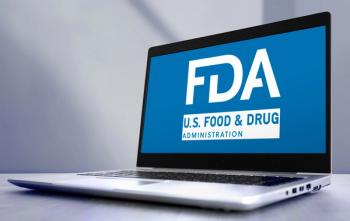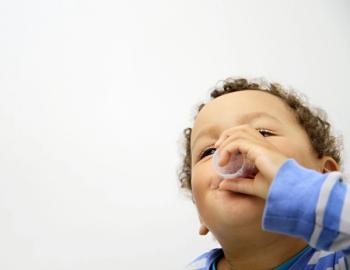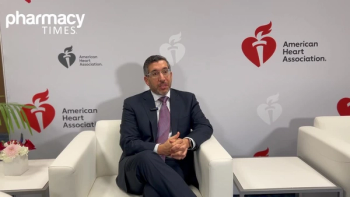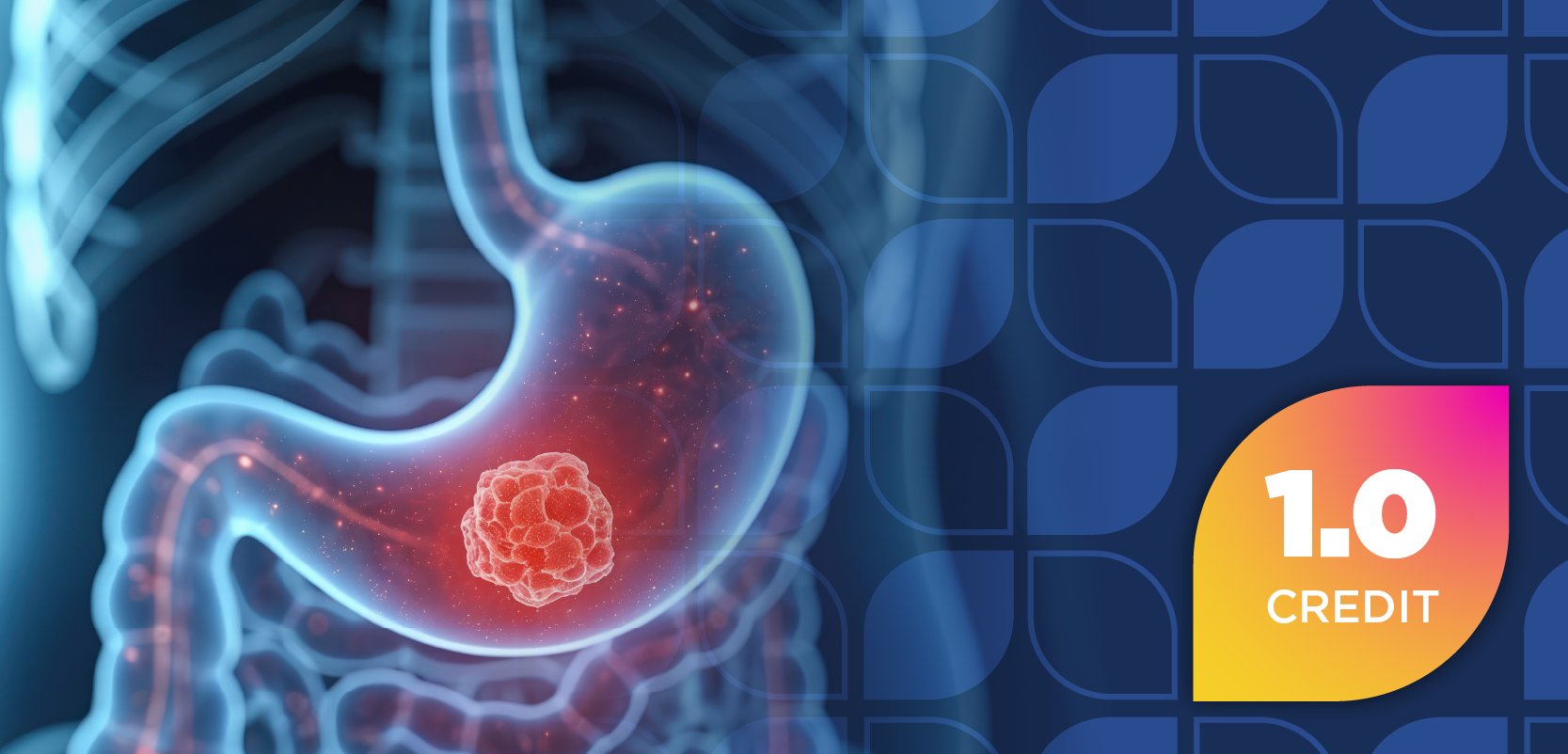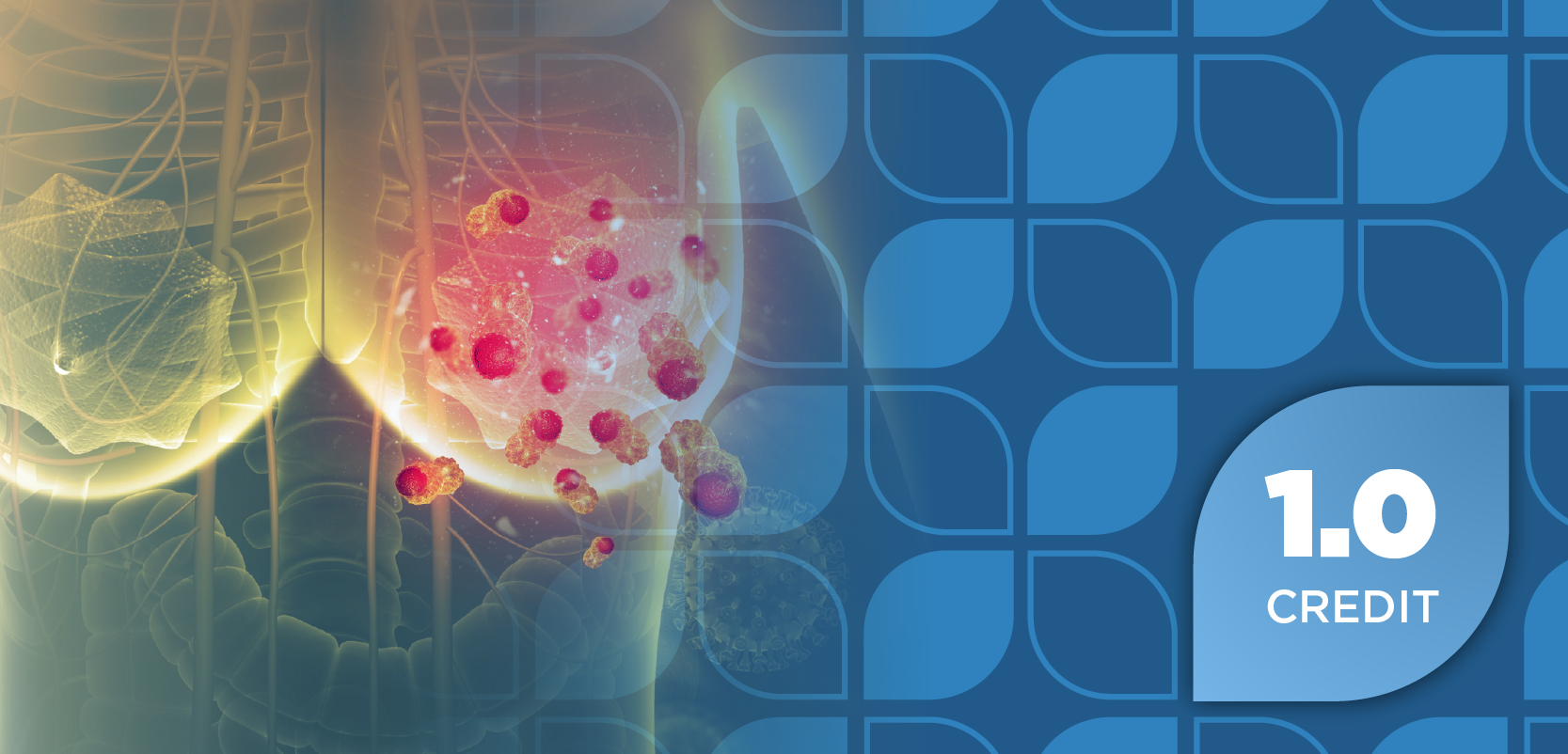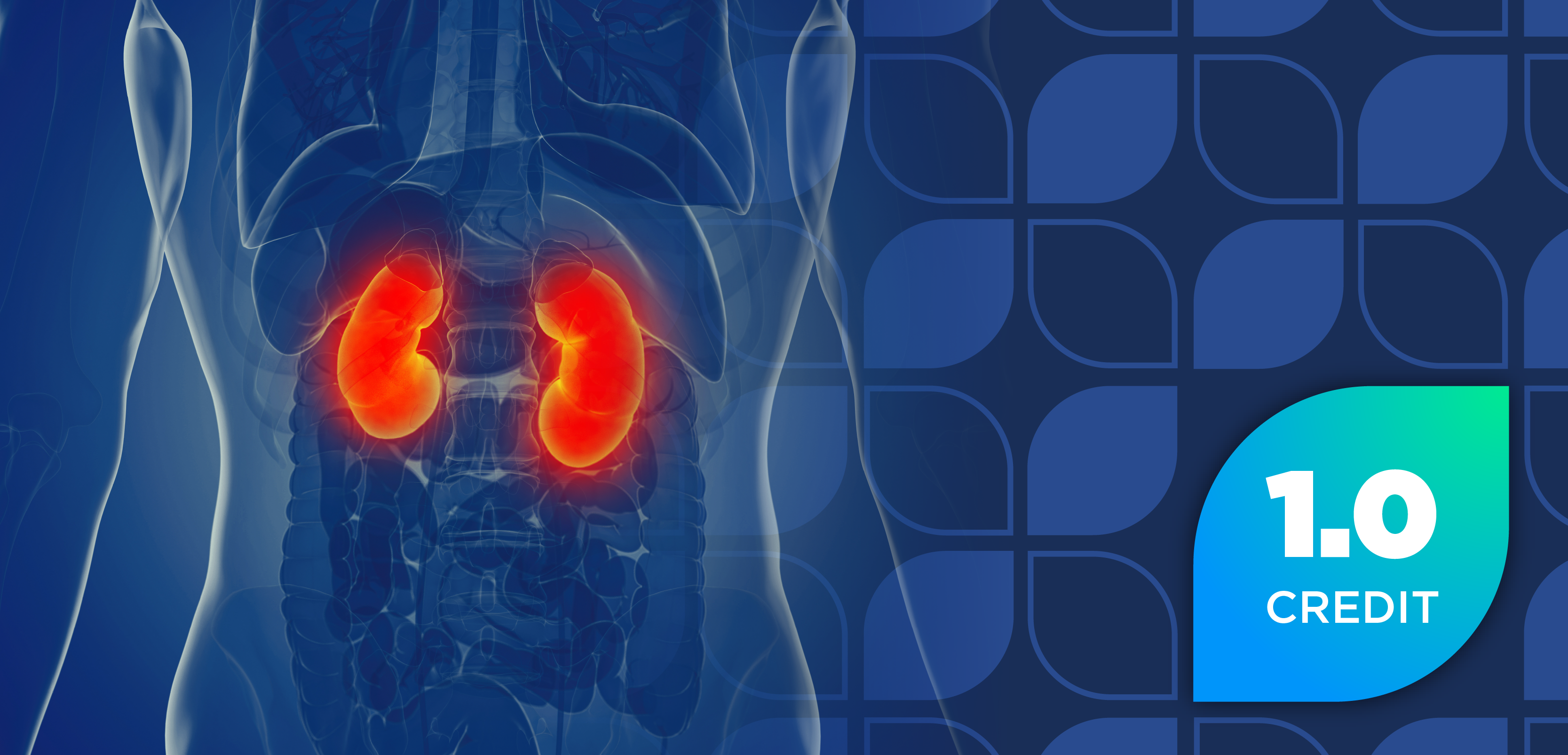
Patients Critically Ill With COVID-19 Have Heightened Risk of Pulmonary Fibrosis
Key Takeaways
- Pulmonary fibrosis is prevalent in severe COVID-19 cases, especially those requiring mechanical ventilation, complicating recovery and worsening outcomes.
- A South Korean study found fibrotic-like changes in 75% of patients with severe COVID-19 pneumonia, necessitating effective management strategies.
Pulmonary fibrosis was observed in many patients with severe COVID-19 in a retrospective cohort study, indicating the need for more effective care and prevention.
In approximately 75% of patients with severe COVID-19 pneumonia requiring mechanical ventilation (MV), chest computed tomography (CT) scans revealed fibrotic-like changes, suggesting the presence of pulmonary fibrosis and necessitating further research into appropriate management and prevention strategies, according to the results of a multicenter, retrospective, observational cohort study in South Korea published in the Journal of Korean Medical Science.1
Dangers of Pulmonary Fibrosis Post COVID-19
Pulmonary fibrosis can be a presentation of long COVID, a condition that refers to sustained, long-term effects of SARS-CoV-2 stretching far beyond the initial infection period. The disease occurs when lung tissue becomes scarred or damaged, making it difficult for the lungs to operate effectively. One analysis found that over 50% of patients who recovered from COVID-19 exhibited residual pulmonary abnormalities in chest CT scans 3 months after infection.2-4
For patients with severe COVID-19 presentations, pulmonary fibrosis is a common complication with significantly worsened outcomes. In studies with 50% of the population experiencing severe COVID-19, there was a higher prevalence of pulmonary fibrosis than in studies with fewer severe cases. Prior studies investigated the risk and prevalence of pulmonary fibrosis in patients with COVID-19 across varying degrees of severity, but for patients who require MV—an especially high-risk group for pulmonary fibrosis development—there is a limited amount of research on the topic.1,5
Clinicians and pharmacists must have the insights necessary to treat patients with severe COVID-19 with the full breadth of their care. Describing the frequency and risk factors for pulmonary fibrosis development is critical for developing effective prevention and management strategies. Therefore, the investigators initiated a retrospective cohort study including patients requiring MV for COVID-19 pneumonia between February 2020 and October 2021 from 9 South Korean hospitals.1
Researchers Determine Aspects of Pulmonary Fibrosis in Severe COVID-19
In total, 125 patients were sorted into pulmonary fibrosis and no pulmonary fibrosis groups based on chest CT scan observations. Ultimately, 54 (43.2%) patients exhibited 2 or more fibrotic-like changes according to chest CT scan results, whereas 7 (5.6%) demonstrated 3 or more such changes. The authors observed traction bronchiectasis and/or bronchiolectasis most often (60.8%), followed by architectural distortion and/or parenchymal bands (44.8%), reticulation (18.4%), and honeycombing (0.8%).1
Most patients (94.4%; 118/125) received systemic steroids, while 74.7% (93/125) received antiviral therapy. The dosage values and mean total amounts of dexamethasone or equivalent medications administered during treatment did not significantly differ between the fibrosis and no fibrosis cohorts. Furthermore, no differences were observed in terms of ventilator settings or utilization of adjuvant treatments.1
Regarding mortality and ventilator-associated complications, 22 (17.6%) patients died during hospitalization and 89 (71.2%) experienced 1 or more complications. There were no differences in in-hospital mortality and the occurrence of complications between the cohorts, but when pulmonary fibrosis was defined as 2 or more fibrotic-like changes, in-hospital mortality was higher in the non-fibrosis group than in the fibrosis group (23.9% vs 9.3%). The same trend was observed when qualifying pulmonary fibrosis patients as having 3 or more fibrotic-like changes (18.6% vs 0%).1
A series of factors associated with pulmonary fibrosis was determined through a univariable logistic regression analysis. Higher heart rate (odds ratio [OR], 0.966 [95% CI, 0.944—0.989]; P = .004), higher Sequential Organ Failure Assessment (SOFA) score (OR, 0.868 [95% CI, 0.754—0.999]; P = .049), and higher daily steroid dose (OR, 0.964 [95% CI, 0.933—0.996]; P = .028) were all associated with reduced pulmonary fibrosis risk. Despite factors such as age, male sex, smoking history, or C-reactive protein being previously reported as possible risk factors for pulmonary fibrosis in severe COVID-19, in the current study, these aspects were not significantly associated.1
“Our findings suggest that higher daily dose of steroid may play a critical role in mitigating fibrotic progression,” the study authors wrote in their conclusion. “Further research is needed to determine the optimal timing, dosage, and duration of corticosteroid therapy, particularly in patients with severe COVID-19, to improve clinical outcomes and prevent long-term pulmonary sequelae.”1
REFERENCES
1. Cho D, Chae G, Joh S, et al. Pulmonary fibrosis in critically ill patients with COVID-19: A multi-center retrospective cohort study in Korea. JKMS. 2025;40(38):e249. doi: 10.3346/jkms.2025.40.e249
2. Mayo Clinic Staff. Pulmonary fibrosis—Overview. Mayo Clinic. Updated February 15, 2024. Accessed September 30, 2025. https://www.mayoclinic.org/diseases-conditions/pulmonary-fibrosis/symptoms-causes/syc-20353690#:~:text=Shortness%20of%20breath.,the%20cause%20is%20not%20known.
3. Will S, Luthold R, Hunt A, et al. COVID-19 sequelae in adults aged less than 50 years: A systematic review. Travel Med Infect Dis. 2021;40:101995. doi:10.1016/j.tmaid.2021.101995
4. So M, Kabata H, Fukunaga K, Takagi H, Kuno T. Radiological and functional lung sequelae of COVID-19: A systematic review and meta-analysis. BMC Pulm Med. 2021;21(1):97. doi:10.1186/s12890-021-01463-0
5. Lee JH, Yim J, Park J. Pulmonary function and chest computed tomography abnormalities 6-12 months after recovery from COVID-19: a systematic review and meta-analysis. Respir Res. 2022;23(1):233. doi:10.1186/s12931-022-02163-x
Newsletter
Stay informed on drug updates, treatment guidelines, and pharmacy practice trends—subscribe to Pharmacy Times for weekly clinical insights.

